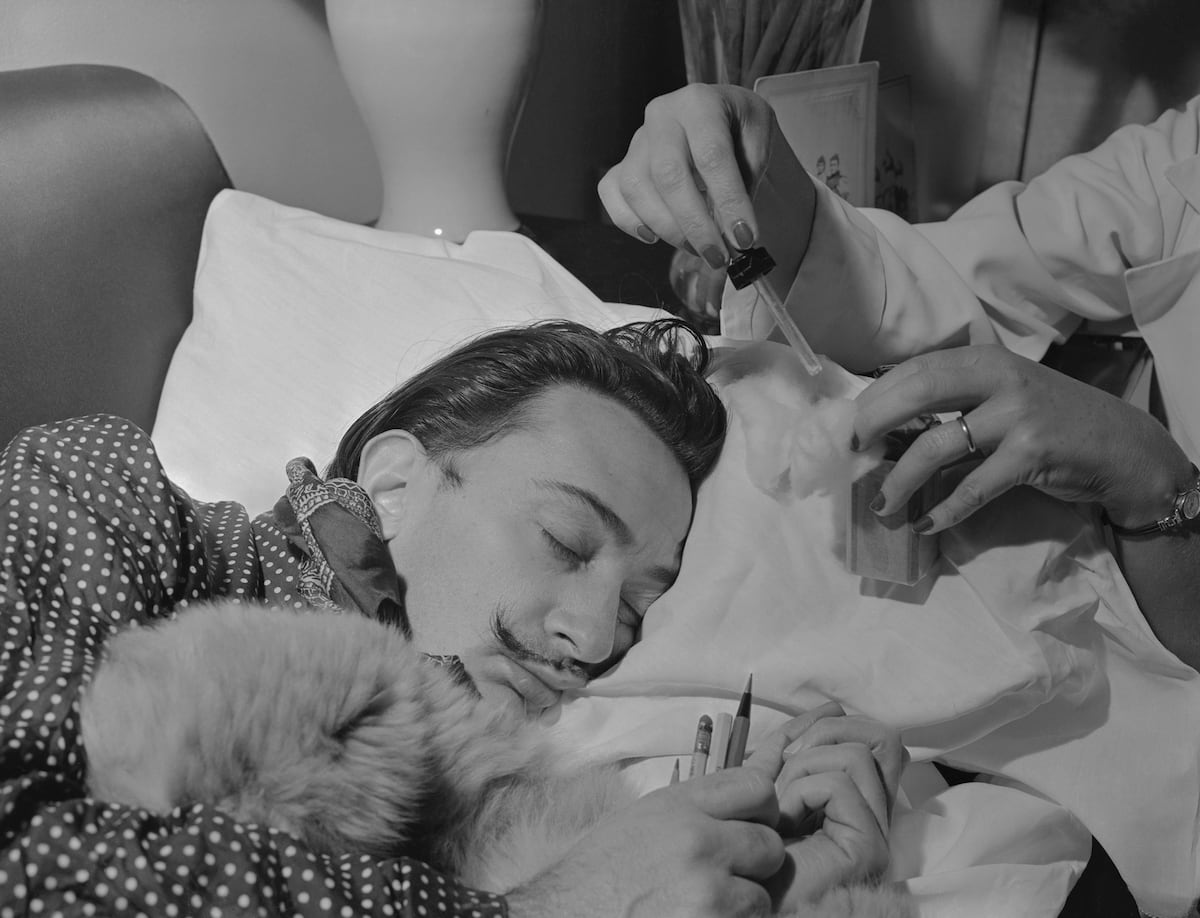
"Dali's 'sleep with a key method' involved taking micro-naps in a chair, holding a key above a metal plate to wake himself, enhancing his creativity."
"The practice of micro-napping has been linked to creativity and problem-solving, contrary to the belief that sleep is merely a waste of time."
"Edison also utilized micro-naps, holding iron balls to drop onto pans to wake himself, emphasizing their importance for his creative output."
"Research supports that REM sleep fosters creativity through vivid dreams that can inspire artistic and creative work like scripts and paintings."
Salvador Dali utilized a unique technique for napping called the 'sleep with a key method', involving holding a key over a metal plate to wake himself. These brief naps provided him psychological and physical revitalization, thereby spurring creativity. Similarly, Thomas A. Edison embraced micro-naps, using iron balls and pans to achieve the same effect. Scientific research now supports these practices, indicating that sleep, especially REM sleep, facilitates creativity through vivid dreams that inspire artistic endeavors.
Read at english.elpais.com
Unable to calculate read time
Collection
[
|
...
]